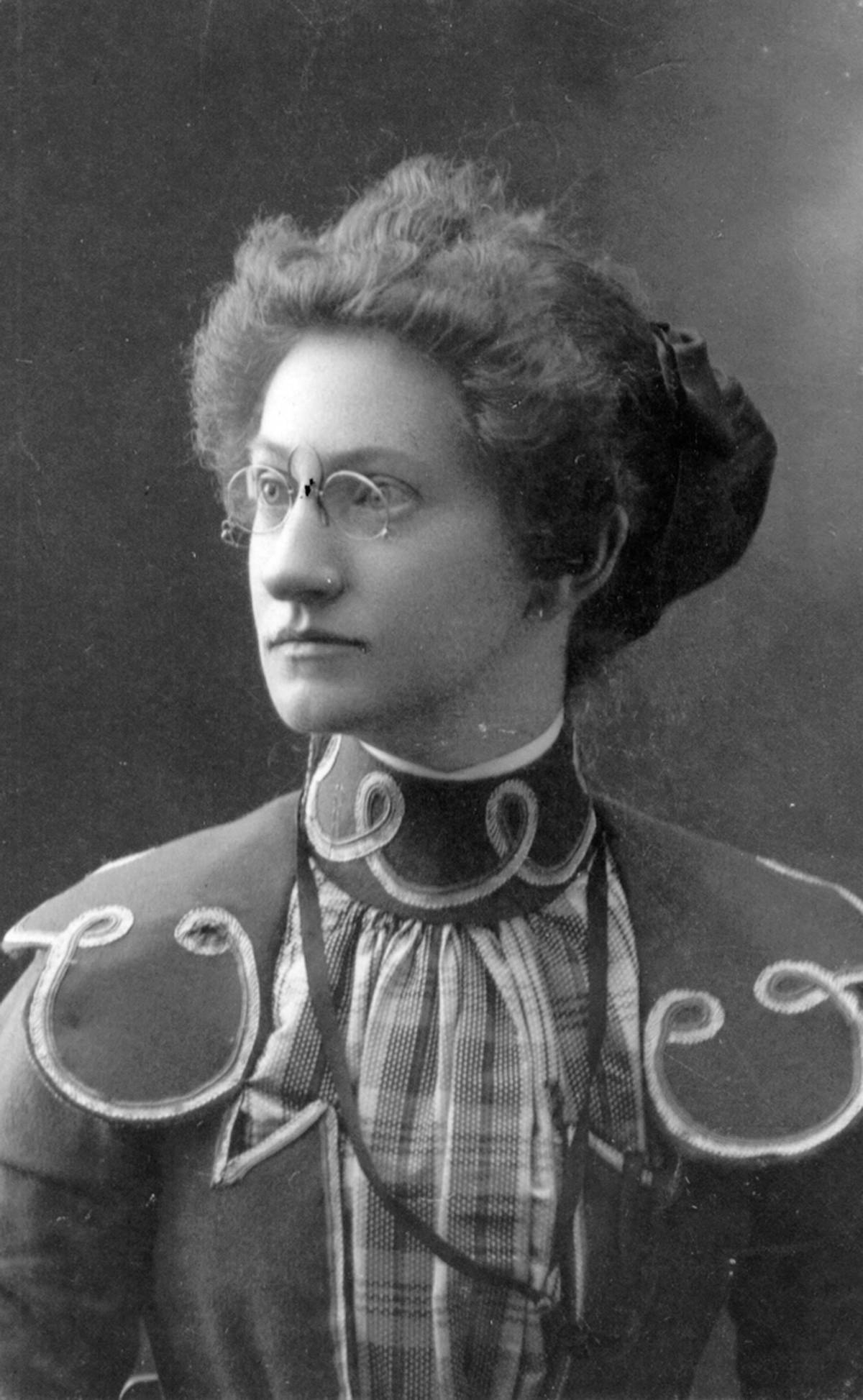
Since 2018, most Canadian women have been voting for 100 years and have achieved careers and sacrifices through dedicated feminists.
On May 24, 1918, white women from all over Canada were granted voting rights. But it was not until the late 1940s that Asian Canadian women gained voting rights. It was not until the 1960s that indigenous women were allowed to give up their status.
With our election season, we want to reflect on two historical trends that you might not have thought of: strong women’s suffrage and corsets.
At any time, clothes often reflect the culture around them.
In the century in which women have been voted, women’s clothing is tense, restrictive, and action is severely limited.
They limit the ability of women to perform large amounts of physical activity without the help of men. Although corsets have been popular for hundreds of years and are still popular after 1918, tight-fitting lacing is a popular way to get a bodice in order to get the smallest waist.
The Victorian ideal is an 18-inch waist. Everyone does not use tight-fitting ties, but those who do have frequent side effects and poor health.
Suffragettes used many tools in the early 20th century to convey their message: signs, banners, flyers, and the clothes they wore during the campaign and march.
Many women who participated in the suffrage movement also bluntly wore tight-fitting tailored corsets. The tights corsets were not only abandoned, but some feminists completely abandoned them. Dresses with wide and tall skirts are also preferred, allowing for more movement.
One of the greatest tools of the suffrage movement is the bicycle. Cars are rare and expensive, and only men with high-paying jobs can afford them. So far, they have only been able to get an activist on foot. This bike is cheaper and simpler, but requires a shorter, more flexible dress that can be worn without a corset.
When women took to the streets to fight for equal voting rights in the 1910s, they wore the symbol of liberation – more appropriate clothes, allowing more freedom of movement because they demanded their own political and social freedom.
In Maple Ridge, the first woman to vote in the municipal election was Hamid’s school teacher Emily Trembath. According to historical records, she is considered to be a well-educated and formidable woman who has never married, which is a requirement for women to choose teaching as a profession.
